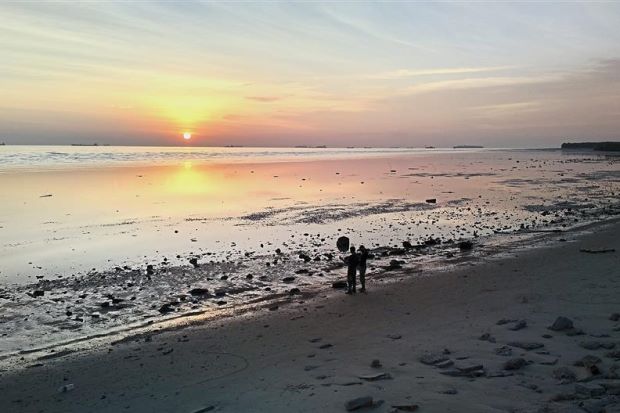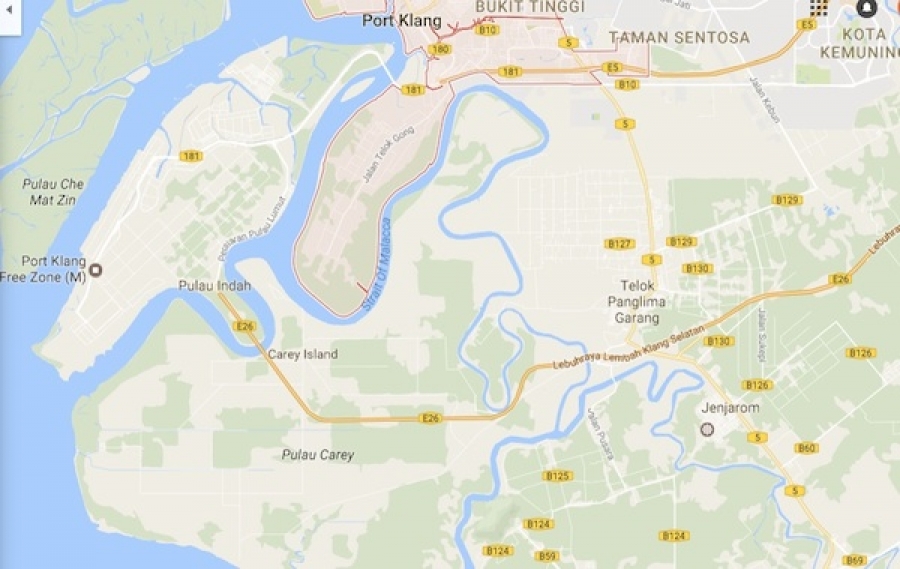Malaysia’s latest Carey Island project is something of a wild card but is not expected to change the port scene in Southeast Asia too much.
The common view among port analysts is that the proposed container terminal will be built in phases and its impact will depend on the role it aims to play.
According to Arcadis Asia head of transportation and logistics Jonathan Beard, if Carey Island is positioned as a replacement for Port Klang, then it will benefit from the transfer of the existing customers and cargo including the higher yielding import/export cargo.
However, if it intends to be a competitor then “it will have to compete in what is a very competitive market, especially in the typically lower yield international transhipment”, he added.
Hong Kong-based independent port consultant Lee Wai-duen noted studies showing that current capacity at Port Klang will be insufficient in future and as such it needs to expand to maintain its transhipment business.
She suggested that the introduction of capacity should be done in phases with a “trigger mechanism” that would set off further expansion once certain targets are hit.
Ocean Shipping Consultants senior consultant Fang Fang also suggested that the build out should be in phases with an initial capacity of 2.5m teu to 5m teu. She added that as a greenfield project, it would take a minimum of 18 months to become operational.
“We don’t think there is any terminal operator that will build 30m teu capacity at one go,” she reiterated.
Lee added: “The transhipment market in the region is fairly crowded. It is also vulnerable to external shocks… (and) any port developer needs to be mindful of these developments.”
Fang noted however that talk of investment by China parties should not be discounted especially as any potential investment from them would be based on strategic considerations rather than just pure demand factors.
Lee concurred, saying: “China has been very active in its “One Belt One Road” strategy, investing in large-scale infrastructure projects. While some projects have economic and financial justifications, some are believed to be political projects to enhance China’s political footprint.”
Analysts were not particularly upbeat on Carey Island’s prospects due to its connections in China. “In terms of the container transhipment market (the key market for this port) these interests are not especially advantageous – shipping lines and their relevant alliances are the key consideration,” said Beard.
He suggested that the more pertinent considerations would be where these alliances currently have their Southeast Asian transhipment hubs and their relationship with these ports, as well as their future plans. “Do their current hubs offer adequate capacity for expansion; high port productivity and service quality; low charges, etc (and) how would Carey compete with those ports?” Beard asked.
Lee also suggested that Sime Darby’s interests in the small multipurpose port of Weifang has little overlapping business with Port Klang and with the sale of 50% of its stake to Hong Kong-listed conglomerate Shandong Chenming Paper Holdings is probably a concession to a lack of synergies between the new Klang development and Weifang.
In fact, with no key shipping lines as anchor clients so far and being a pretty late entrant to the game where all the major hubs in the Straits of Malacca such as Port of Singapore, Port of Tanjung Pelepas as well as Port Klang already have established relationships, Fang suggested that Carey Island might even be at a slight disadvantage.
How this will factor into the changing dynamics of the port industry in the region if any will be a function of the degree of expansion and how fast it is undertaken.
“If there is widespread expansion, it may lead to some re-shuffling of transhipment hubs and possibly depressed terminal revenues,” Beard postulated, but conceded it is “unlikely to have a significant impact, as compared with a permanent breakup of the alliances and a move away from scale economies”.
“It is not clear from public information the identity of the project proposer/investor/developer of Pulau Carey, but I am waiting to see how the existing operators (Westports and MMC) will respond to that,” said Lee.
She added that it would also be interesting to see how Singapore would react. “Singapore and Klang are in competition over the regional transhipment market, and Singapore will definitely not want to lose this game,” Lee concluded.
“If Southeast Asian Asian governments fund (ie subsidise) a raft of new ‘mega hubs’, the main winners will likely be shipping lines and construction companies, and to a lesser degree importers/exporters. The losers will be those terminal/port operators that do not secure business, and tax payers,” said Beard.
“If you were already operating you would be under pressure from pricing and if you are a new entrant if could be very difficult because you need to find an anchor client, which in itself is already very difficult,” Fang suggested.
Source: Seatrade Maritime.

